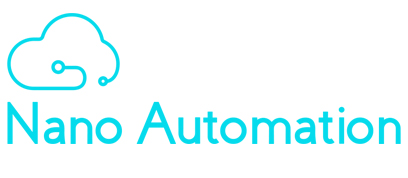Cloud Computing

Cloud computing is a method for delivering information technology (IT) services in which resources are retrieved from the Internet through web-based tools and applications, as opposed to a direct connection to a server. Rather than keeping files on a proprietary hard drive or local storage device, cloud-based storage makes it possible to save them to a remote database. As long as an electronic device has access to the web, it has access to the data and the software programs to run it.
It's called cloud computing because the information being accessed is found in "the cloud" and does not require a user to be in a specific place to gain access to it. This type of system allows employees to work remotely. Companies providing cloud services enable users to store files and applications on remote servers, and then access all the data via the internet.
In its essence, cloud computing is the idea of taking all the heavy lifting involved in crunching and processing data away from the device you carry around, or sit and work at, and moving that work to huge computer clusters far away in cyberspace. The internet becomes the cloud, and voilà – your data, work and applications are available from any device with which you can connect to the internet, anywhere in the world.
The rise of cloud-based software has offered companies from all sectors a number of benefits, including the ability to use software from any device, either via a native app or a browser. As a result, users are able to carry over their files and settings to other devices in a completely seamless manner. Cloud computing is about far more than just accessing files on multiple devices, however. Thanks to cloud-computing services, users can check their email on any computer and even store files using services such as Dropbox and Google Drive. Cloud-computing services also make it possible for users to back up their music, files and photos, ensuring that those files are immediately available in the event of a hard drive crash.

